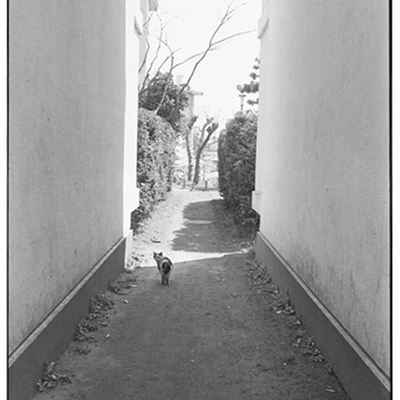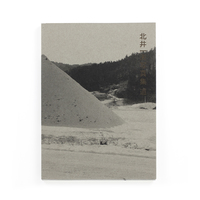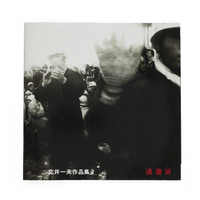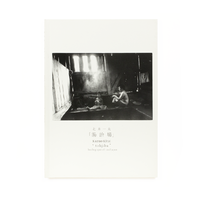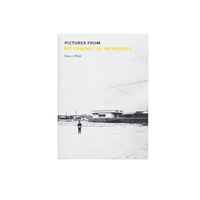Kazuo Kitai "One Road"
I took these photographs for my regular series “Walking with Leica” in “Nippon Camera” during 2005-2013.
After reaching the age of 60 I became less inclined to venture far to take photographs. Noticing for the first time my physical decline, I began to see things that I had not been able to see when I was young. I determined to walk the streets and take photographs near where I had lived for the past 30 years. This was my thinking as I started the series for the photography magazine. I did not intend to undertake the long journeys with a camera that I had made in my younger days.
On 11th March 2011 I was taking photographs as I always do, when I was shaken by the biggest earthquake I have ever experienced. Shelves of books and crockery were tipped over and windows smashed in my house in Funabashi, Chiba, leaving it in chaos. I switched on the television to learn of a great earthquake off the coast of Miyagi and of a huge tsunami. Affected areas shown on the emergency broadcast included Hachinohe in Aomori, the Sanriku coast of Iwate, Ishinomaki in Miyagi and Minamisoma in Fukushima. I remembered visiting and photographing villages all along these coastlines on many occasions during the past forty years. The faces of those kind people whom I had photographed there were as if imprinted on my vision.
Although I was averse to travelling far, I wanted to see the disaster region with my own eyes, and so I set out again. I was able to recognize some places from previous visits, but many more left me speechless as I gazed at the scenes of desolation.
As I walked through these villages where everything had been washed away, including houses and sea walls, there were traces to indicate where once had been a road. People had started to walk again on these traces, reforming a path on top of the original. It was as if the road had a life of its own.
I have taken countless photographs on roads that have been trodden by people over many ages. These roads become superimposed on the roads I see in the disaster region, and these also seem overlaid with the road from Anshan along which my family fled as refugees.
ーKazuo Kitai
-
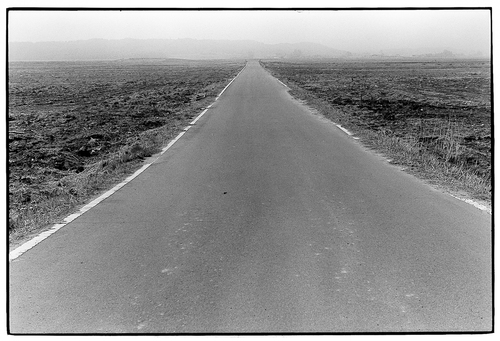 Kazuo Kitai "One Road", 2014 © Kazuo Kitai
Kazuo Kitai "One Road", 2014 © Kazuo Kitai -
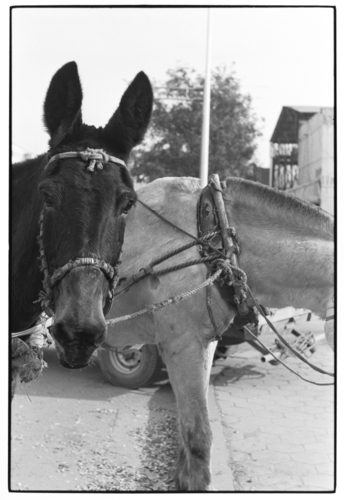 Kazuo Kitai "One Road", 2014 © Kazuo Kitai
Kazuo Kitai "One Road", 2014 © Kazuo Kitai -
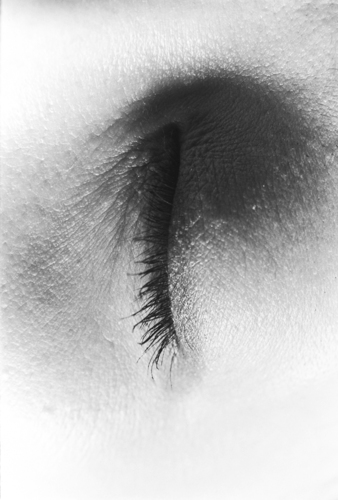 Kazuo Kitai "One Road", 2014 © Kazuo Kitai
Kazuo Kitai "One Road", 2014 © Kazuo Kitai -
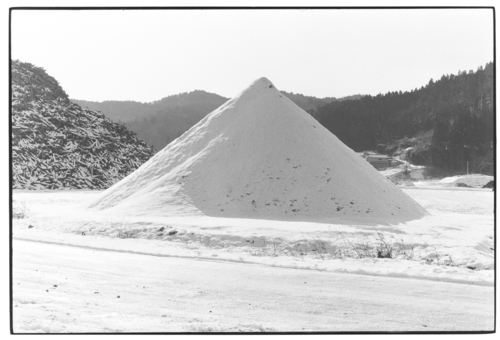 Kazuo Kitai "One Road", 2014 © Kazuo Kitai
Kazuo Kitai "One Road", 2014 © Kazuo Kitai -
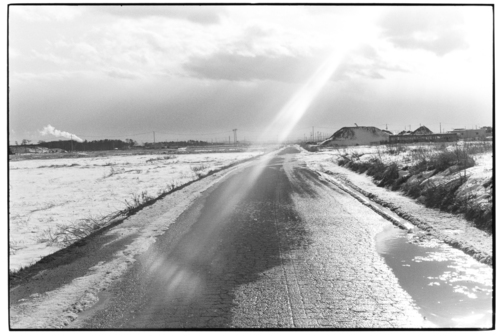 Kazuo Kitai "One Road", 2014 © Kazuo Kitai
Kazuo Kitai "One Road", 2014 © Kazuo Kitai -
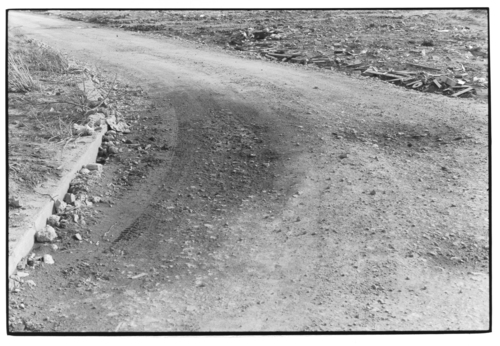 Kazuo Kitai "One Road", 2014 © Kazuo Kitai
Kazuo Kitai "One Road", 2014 © Kazuo Kitai
